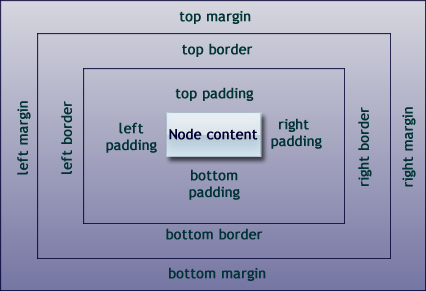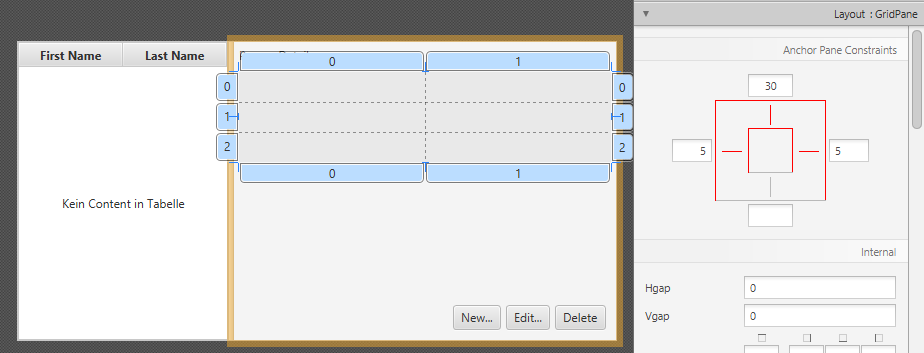

We used the earlier exercises to learn how to get the speech synthesiser to work within our project and how to add voices to the speech engine and then finally how to convert the text to sound. This is exactly what we have done here in the preceding items on Test-to-Speech. To overcome this limitation, you can build a quick and dirty application to learn how to achieve something. This lack of experience can make it very difficult to know how to build your code. Sometimes when you come to design an application you lack experience in an area. In partnership with the FXML file, we will have a Java controller file for managing the UI components. This will take care of launching our JavaFX application.īecause we are using Scene Builder, we will have an FXML file containing the XML description of each of the UI items. We will have a class as the entry point for the application.
BUTTONBAR PADDING JAVAFX SERIES
We will make use of external libraries as covered in the items earlier in the series but for ease of reference I will list them here:Īs for the structure of our code, this is intended to be a small and simple application and therefore we want to keep it easy. Gluon Scene will be used to build and layout the user interface. We will build the project using Eclipse IDE, although any IDE will do. Having taken a look at what our application needs to look like we can think about what we need to build our application and how we want to structure the code. The ‘Ok’ and ‘Cancel’ buttons play the sound and clear the user interface respectively. This text area is used to display the actual voice settings applied in creating the sound. Over on the right-hand side of the application is another text area with a grey background.

There are a series of text fields for each of the configurable items for the voice followed by a text area where the user can type in the words to convert to speech. The application has a simple user interface made up of a drop-down list for the available voice selection. By altering these setting from the default values the sound can be modified to help find the ideal settings for your needs. The application allows for the selected voice sound to be modified by altering various parameters such as the pitch, rate and duration. A collection of words, making up a phrase is provided to the application and the application will then convert this text to speech using the selected voice. The application allows the user to select an available voice from those that the speech engine has access to.

It is this application that we are going to design and build here. We started off the journey by introducing the final product, a Speech Tester JavaFX application. This is the last in the series about writing applications which convert text to speech.


 0 kommentar(er)
0 kommentar(er)
